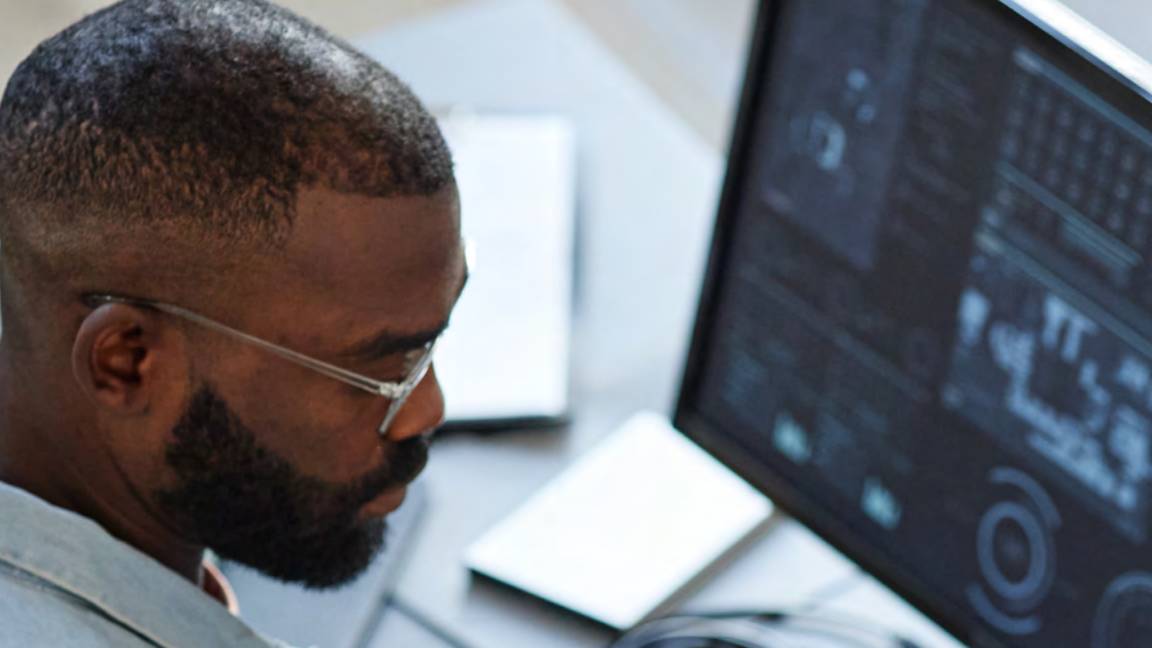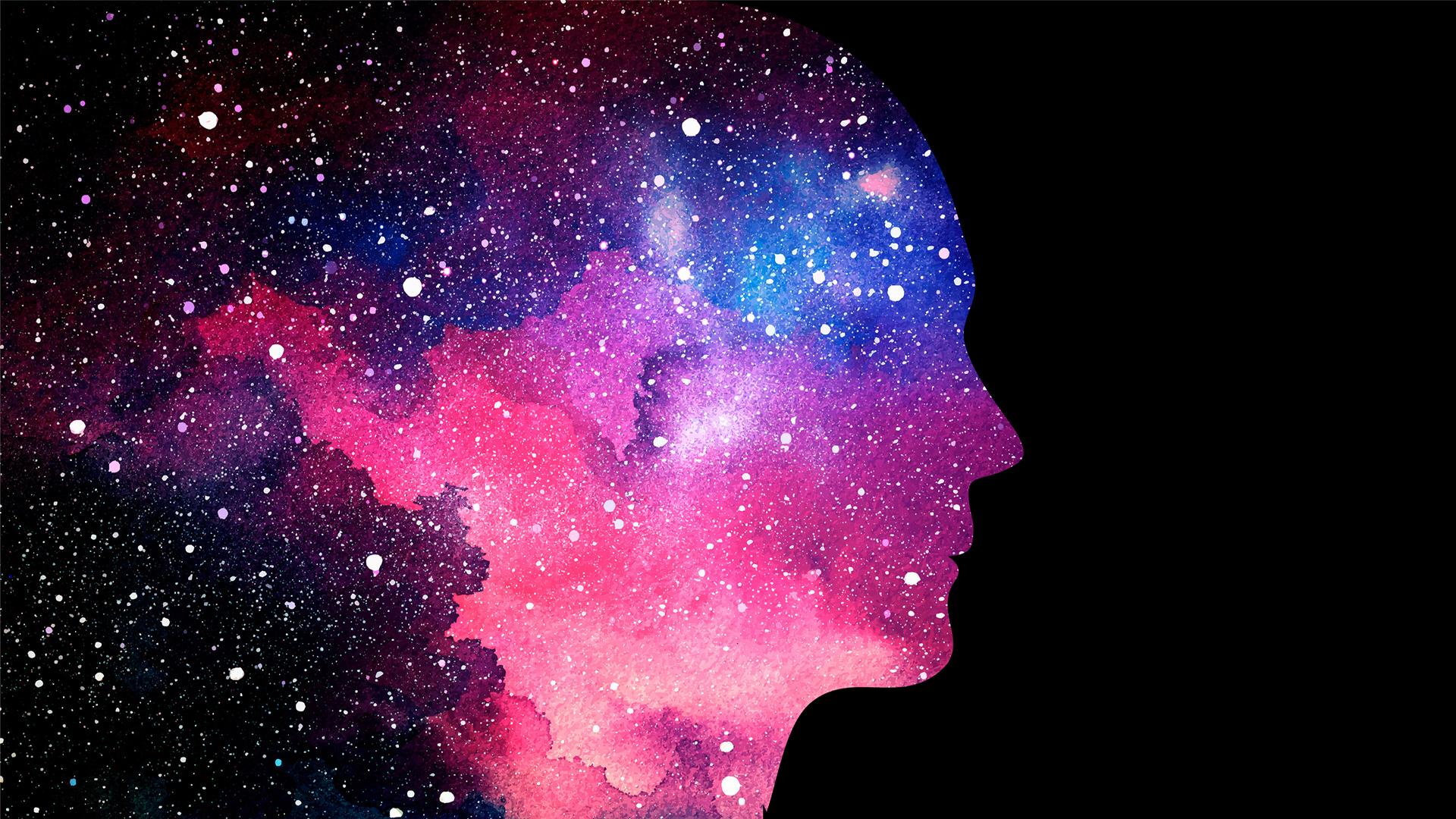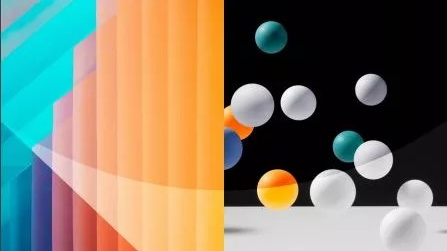Death by data: The harsh realities of a metric-driven business
Many organisations strive to be ‘data-driven’, but this can lead to some uncomfortable conversations


By now, it shouldn’t come as much of a surprise to anyone that data is an important tool for businesses. Proper collection and analysis of data can reap huge benefits such as greater efficiency, higher turnover and increased agility. But what happens when the data tells you something that you would prefer not to hear? Just how ruthless should a business be when it comes to analysis of its processes and performance?
Some organisations favour a more subtle, empathetic approach, using data to add context to the decision-making process. Others focus their use of data on purely mathematical questions, like how much stock they’ll need for the next quarter. There is another, more mercenary school of thought, however; one which holds that data should be used to govern all aspects of a business, even the more creative-led elements.
One example of this is Voodoo, a French mobile games publisher that specialises in the ‘hyper-casual’ free-to-play market. Dominated almost exclusively by pick-up-and-play mobile games such as Flappy Bird, the market is incredibly competitive, with titles becoming overnight sensations and then fading into obscurity just as quickly.
To try and keep up with these rapid cycles, Voodoo uses a ‘LaunchOps’ system to manage and track the releases of new games from its studio partners. This system allows Voodoo to optimise the content and release of new titles for maximum impact, says Voodoo’s LaunchOps product manager, Antonin Chapelon, and data is a crucial element of its strategy.
“Data is a vital part of Voodoo’s development design, and tells us what works and what doesn’t in a project,” he says. “The goal behind our usage of extensive data is to give technical and artistic guidance to our partner studios, who would otherwise have some difficulty in effectively developing a title for a worldwide audience. But this data isn’t just used on a case by case basis, it provides a reference point for all of our ongoing projects. We share the key information and lessons on good practice we have validated with our data collection throughout over 150 game launches.”
When Voodoo starts working with a studio on a new game, it establishes a range of KPIs for the title based on its main strengths and the elements that Voodoo wants to focus on. This is then followed by using a broad range of data points to build a decision tree, which is used to determine the next steps in the development process. Due to the extremely short turnaround times required by hyper-casual development, this data needs to be collected and ingested in an extremely rapid manner in order for it to be useful.
According to Chapelon, this doesn’t leave much time for things like validation of A/B testing, but Voodoo’s games have large numbers of players, all of whom provide valuable analytics data. This data can be fed into Voodoo’s models and analysed in order to tune the development of a particular element or feature.
Get the ITPro daily newsletter
Sign up today and you will receive a free copy of our Future Focus 2025 report - the leading guidance on AI, cybersecurity and other IT challenges as per 700+ senior executives
“So for example, say in an early game build, we decide that we need to focus on two different angles to improve a specific aspect in the game,” explains Chapelon. “This can be something as simple as a certain texture colour, or visual feedback on an action that just isn’t quite there yet.”
“Our next step is that we track all the data possible to help us make a decision on what is working and what isn’t, which allows us to focus our efforts on the most efficient course of action. Once we have made our choice, we use data again to track if we have made the right amendments, reviewing user information such as retention and play time.”
So far, all of this is fairly standard practice for any data-led organisation. Where Voodoo’s situation becomes somewhat different, however, is that sometimes its data analysis can result in unpopular decisions about the nature of a game’s development. The hyper-casual market is extremely competitive, and if the data shows that a game isn’t likely to be successful enough to meet its target, then Voodoo has no qualms about shutting it down in order to focus on something with greater prospects.
“Based on our findings, some projects require major overhauls and others, unfortunately, do not make it through our testing process,” Chapelon says. “It can be tough to put a hold on a project when good work has gone into it, but it’s important to ensure we focus all of our efforts on games that are showing the most promising results.”
RELATED RESOURCE

The IT Pro Podcast: Do you need a CDO?
As data becomes more important, should you invest in a dedicated position?
Perhaps understandably, the focus is on revenue generation, and Voodoo’s internal data tools include prediction models to assess which features of a game are more likely to be profitable than others. ‘Win-rate’ – or the number of users that beat an area of level of a game – is also an important metric for Voodoo, as this is key to continued player engagement.
“Almost every new feature we push live has the goal of adding depth to the user's progression, which is why most of our updates come with a good uplift of our KPIs,” Chapelon says. “There are of course circumstances where we find ourselves validating a feature that could very well end up unpopular. But, by using data to gain greater insight from our testing, we are always able to make sure that it incorporates correctly within the user's flow.”
This may seem like an uncomfortably mercenary attitude for a company to take, particularly regarding creative projects like games. One imagines unpleasant conversations when developers are told that their recently-released game isn’t going to make the grade – but Chapelon assures IT Pro this attitude, painful though it is, is essential to Voodoo’s continued success.
“This is an extremely important part of our process, as we are able to teach developers where they should focus their efforts to ensure they are able to create their next hit confidently and efficiently,” Chapelon says.
“[Data] has allowed us to work with developers to turn their games into chart topping hits, all thanks to preliminary data that helps us to pinpoint important statistics about the game. Using data means we can ensure that our games are exactly what our audience wants. Data helps us to predict the potential of our prototypes. With it, we can put the right resources in the right place; this is the great strength of having a LaunchOps [programme].
Adam Shepherd has been a technology journalist since 2015, covering everything from cloud storage and security, to smartphones and servers. Over the course of his career, he’s seen the spread of 5G, the growing ubiquity of wireless devices, and the start of the connected revolution. He’s also been to more trade shows and technology conferences than he cares to count.
Adam is an avid follower of the latest hardware innovations, and he is never happier than when tinkering with complex network configurations, or exploring a new Linux distro. He was also previously a co-host on the ITPro Podcast, where he was often found ranting about his love of strange gadgets, his disdain for Windows Mobile, and everything in between.
You can find Adam tweeting about enterprise technology (or more often bad jokes) @AdamShepherUK.
-
 Bigger salaries, more burnout: Is the CISO role in crisis?
Bigger salaries, more burnout: Is the CISO role in crisis?In-depth CISOs are more stressed than ever before – but why is this and what can be done?
By Kate O'Flaherty Published
-
 Cheap cyber crime kits can be bought on the dark web for less than $25
Cheap cyber crime kits can be bought on the dark web for less than $25News Research from NordVPN shows phishing kits are now widely available on the dark web and via messaging apps like Telegram, and are often selling for less than $25.
By Emma Woollacott Published
-
 Reinventing procurement
Reinventing procurementWhitepaper From cost center to innovation driver
By ITPro Last updated
-
 AI-assisted mainframe application modernization
AI-assisted mainframe application modernizationWebinar Solve application modernization challenges with generative AI
By ITPro Published
-
 Supercharge code generation with IBM watsonx Code Assistant
Supercharge code generation with IBM watsonx Code AssistantWebinar Enabling developers of all skills levels with AI-generated code
By ITPro Published
-
 Learning and operating Presto
Learning and operating Prestowhitepaper Meet your team’s warehouse and lakehouse infrastructure needs
By ITPro Published
-
 Four ways AI is helping knowledge workers excel
Four ways AI is helping knowledge workers excelCase Study From medical diagnostics to mining and exploration, many industries are using AI to make their workers more effective
By Sandra Vogel Published
-
 How to help IT manage itself with autonomous operations
How to help IT manage itself with autonomous operationsWhitepaper Using AI and automation to proactively adapt to business disruptions
By ITPro Published
-
 Green Quadrant: Enterprise carbon management software 2022
Green Quadrant: Enterprise carbon management software 2022Whitepaper Detailing the 15 most prominent carbon management software vendors to see if they fit your requirements
By ITPro Published
-
 insideBIGData: Guide to energy
insideBIGData: Guide to energyWhitepaper How big data can help energy companies manage intense disruption
By ITPro Published